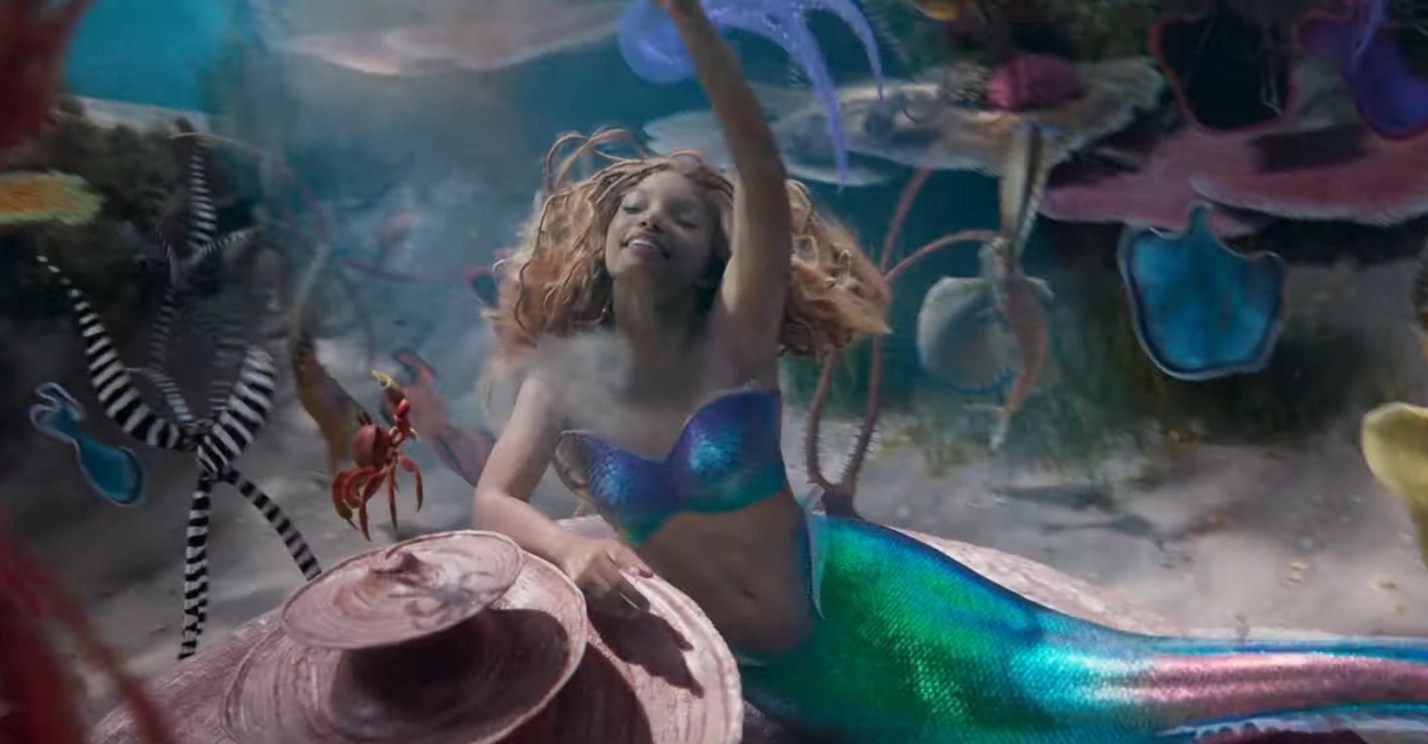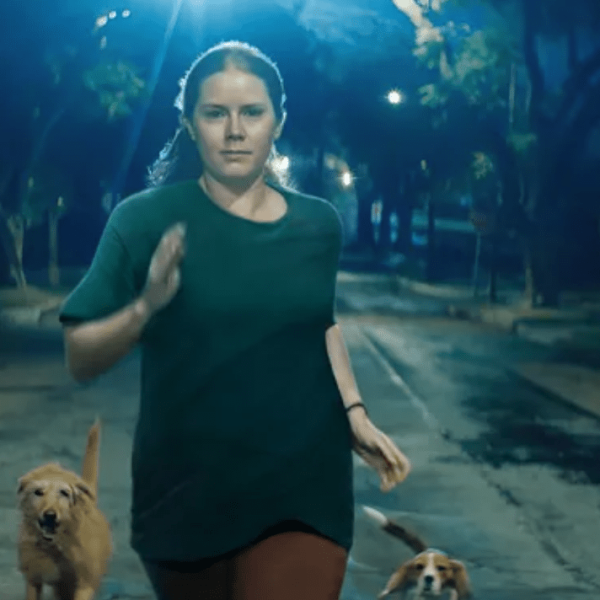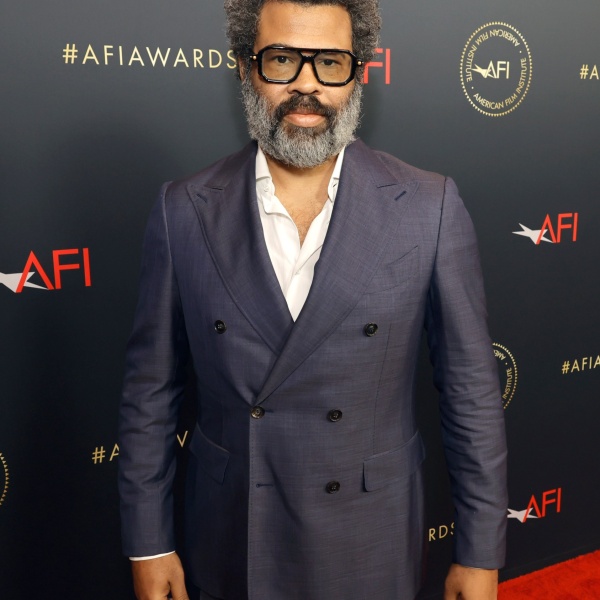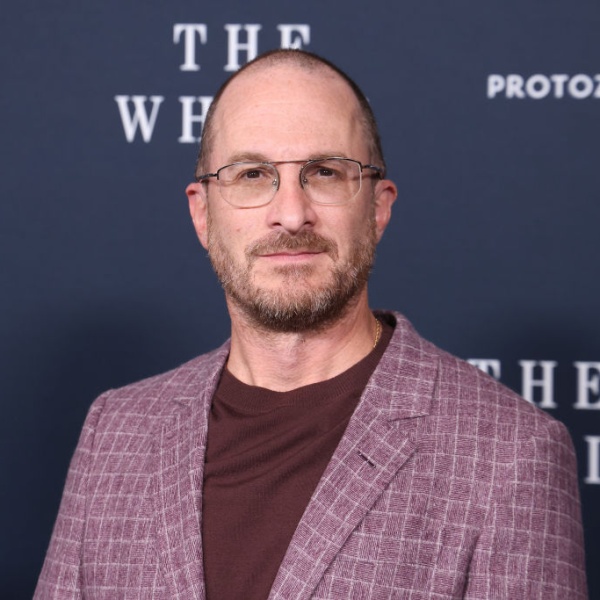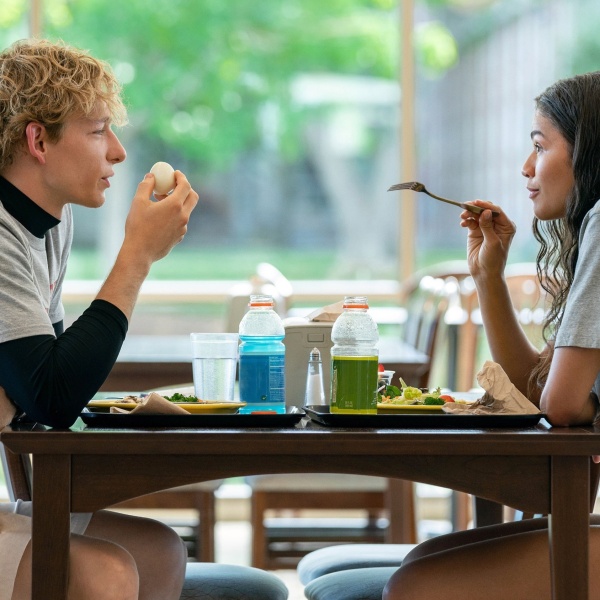Director Rob Marshall knew from the outset that the hardest part of his live-action reimagining of Disney‘s “The Little Mermaid” would be pulling off the Oscar-winning “Under the Sea” Caribbean musical number. It wasn’t just the tricky translation from 2D to CG with hundreds of singing photoreal fish in the underwater environment (courtesy of Framestore’s expert animation) but also the complicated dance choreography set to the toe-tapping song by Alan Menken and the late Howard Ashman (to whom the film is dedicated).
And they killed it: The joyous musical number is the animated highlight of the film, which deservedly got the loudest applause at early screenings.
Performed by Sebastian the crab (voiced by Daveed Diggs), the song is a plea for young mermaid Ariel (Halle Bailey) to forget about joining Prince Eric (Jonah Hauer-King) in the human world and stay sea-bound where she belongs. Considering the beauty, wonder, and fun, he makes a convincing musical argument.
The first decision, though, was figuring out the animated design of the sea creatures, particularly Ariel’s sidekicks — Sebastian, Flounder the angelfish (voiced by Jacob Tremblay), and Scuttle the seagull (voiced by Awkwafina). Marshall definitely wanted a photoreal look with “The Blue Planet” as his model. This meant careful redesigns that fit the live-action world of the film.
“I really wanted you to be engaged and believe that these [characters] are real ’cause you’re following their story,” Marshall told IndieWire. “Obviously, fish are talking and crowds are singing, but we based all those characters on a real crab, real fish, and real birds. We can’t use an animated fish to play Flounder because we’re creating a real world. In our version, too, we decided to make Scuttle a diving bird. We never wanted Ariel to ever, ever cross the surface because we wanted to raise the stakes of that moment instead of going up and down and up and down like she does in the animated film. It was something that was forbidden for her and a rule she only breaks after she sings ‘Part of Your World.’ That, to me, made it much more exciting storytelling.”

But when it came to planning “Under the Sea,” Marshall didn’t know how to begin. “We were daunted by it because we have one live actor in this massive production number,” Marshall said. “And I remembered that Walt Disney had worked with the Ballet Russes when he was creating ‘Fantasia’ [for ‘The Nutcracker’ suite], so his artists would have some forms to work with, some dancers to work with. So we brought the Alvin Ailey American Dance Theater over to London to work with our VFX artists. And we had this beautiful company of dancers literally replicate how [each sea creature] moved so that we could use that as templates for our artists to create this massive production.”
Marshall tapped choreographer Joey Pizzi and co-choreographer Tara Nicole Hughes with creating the movements for the sea creatures. And they literally auditioned particular types of sea creatures whose bodies lent themselves to dance naturally. These included jellyfish, sea turtles, ribbon eels, flatworms, lipids, and a mimic octopus. “We had this plethora of choices,” Marshall continued. “There’s already a ballet happening under the sea anyway. When you watch ‘Blue Planet,’ it’s like, wow, it’s all there. So it was exciting to pick and choose which ones to work from.”
All of the underwater scenes were shot “dry for wet” with blue screen and VFX enhancement. “If you were in the room when we were creating that, you’d have one girl sitting there while this is all spinning around her,” Marshall said. “We’re saying, this will be over here and this will be over there, and we had puppeteers. We’ve done a few production numbers in our lifetime, and this is the most challenging for sure.”
